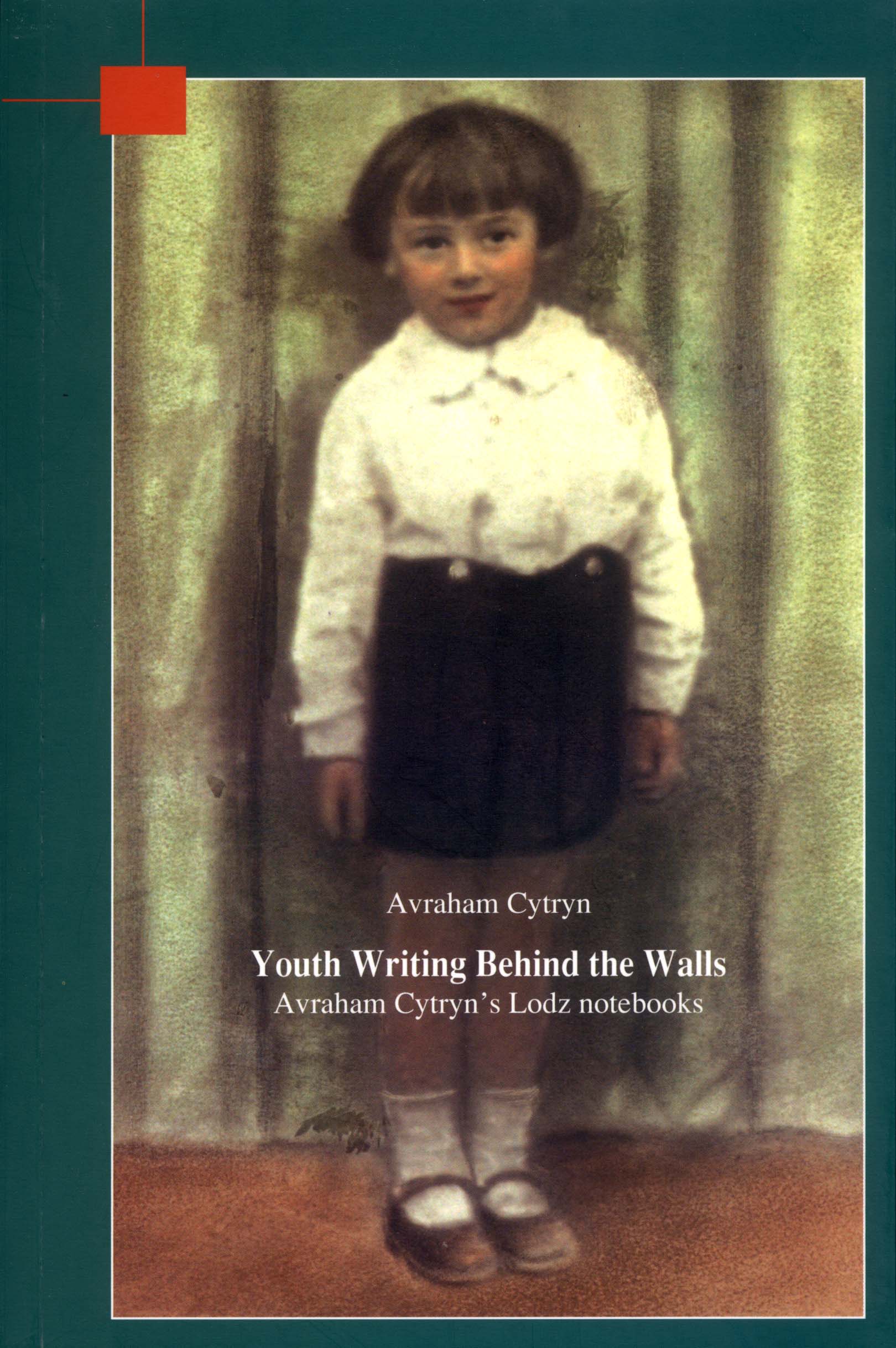
Youth Writing Behind the Walls - Avraham Cytryn’s Lodz notebooks
Sunday to Thursday: 09:00-17:00
Fridays and Holiday eves: 09:00-14:00
Yad Vashem is closed on Saturdays and all Jewish Holidays.
Entrance to the Holocaust History Museum is not permitted for children under the age of 10. Babies in strollers or carriers will not be permitted to enter.

Youth Writing Behind the Walls - Avraham Cytryn’s Lodz notebooks
Youth Writing Behind the Walls: Avraham Cytryn’s Lodz notebooks
Avraham Cytryn
Yad Vashem 2005
267 pages
Avraham Cytryn was born in Lodz in 1927 and was undoubtedly incredibly gifted as a writer of short fiction and poetry. Only 13 when interned in the Lodz Ghetto with his mother and sister, he continued to write in every spare minute he had after work. The security of living within a safe community no longer existed, and perhaps writing helped Avraham and gave him the will to continue the fight for life. Even at such a tender age, he already belonged to a writer’s guild. At the end of 1944, the family was deported on the last transport from Lodz to Auschwitz where Avraham perished. There is a photograph of Avraham, his mother and sister as they are boarding the train. Avraham took one notebook with him on his final journey, and left his unfinished notebooks hidden in the Lodz Ghetto. Avraham’s sister retrieved them from their hiding place after the war.
Reading his work, we are able to glimpse through a window of despair and hunger, and can try to understand the reality of the daily events of living in the ghetto. There are several poems which can be read towards the end of the book, but I have chosen one, in which Avraham portrays the will to survive and the personal battle to retain his humor throughout everything he was seeing and experiencing.
The Spark of Humor
The spark of humor has been extinguished in me
I, who so wanted to burst into laughter.
In these ghost-haunted regions
I am surrounded by sad fellow sufferers.
Ah! Swollen heads, accursed and starving.
G-d! Have mercy on their souls.
They would go to their death
For the sake of a piece of moldy bread.
How to go on living like this
Without humor, like beasts?
There is but one remedy: Death or madness!
Yet rebellious despair still groans!
His short stories present the reader with an understanding of the dilemmas facing those living in the ghetto as we read in “Eli No Longer Goes to Work”. A mother can get extra rations for her sick daughter if she doesn’t declare that her son Eli has died and he therefore remains unburied for some time. He seems to cover every facet of life in the ghetto, through the stories, including the Jewish Police, the chairman of the Judenrat, Rumkovski and corruption in the ghetto.
His sister Lucy eventually published the notebooks 50 years later. There is also a short memoir written by Lucy included at the end of the book and an explanatory introduction.
This book is a must for high school students. Through the graphic poetry and short stories, life in the ghetto is almost palpable. This is the legacy that Avraham Cytryn has left us. Can we really understand what it was like? Could these things have really happened? Does Avrahams’s poetry and prose fully express the miserable lives of those who had to live there?
This would be a point of discussion between the students and their teachers, after they have read this book.

Thank you for registering to receive information from Yad Vashem.
You will receive periodic updates regarding recent events, publications and new initiatives.

"The work of Yad Vashem is critical and necessary to remind the world of the consequences of hate"
Paul Daly
#GivingTuesday
Donate to Educate Against Hate


Worldwide antisemitism is on the rise.
At Yad Vashem, we strive to make the world a better place by combating antisemitism through teacher training, international lectures and workshops and online courses.
We need you to partner with us in this vital mission to #EducateAgainstHate
The good news:
The Yad Vashem website had recently undergone a major upgrade!
The less good news:
The page you are looking for has apparently been moved.
We are therefore redirecting you to what we hope will be a useful landing page.
For any questions/clarifications/problems, please contact: webmaster@yadvashem.org.il
Press the X button to continue



